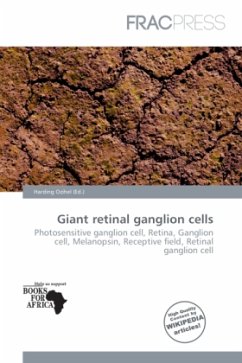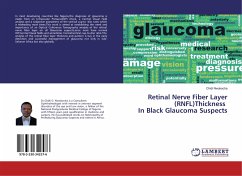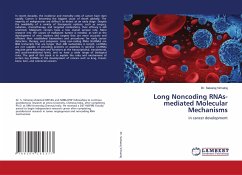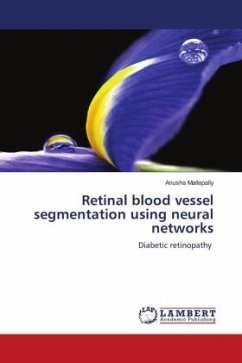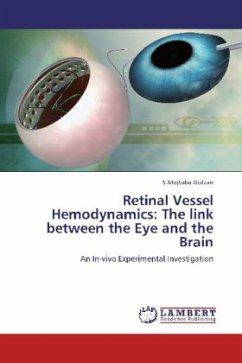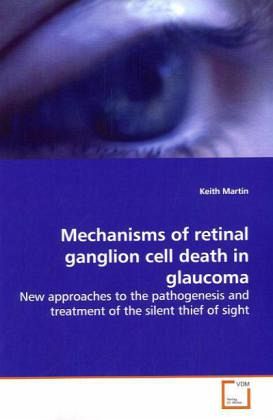
Mechanisms of retinal ganglion cell death in glaucoma
New approaches to the pathogenesis and treatment of the silent thief of sight
Versandkostenfrei!
Versandfertig in 6-10 Tagen
32,99 €
inkl. MwSt.

PAYBACK Punkte
16 °P sammeln!
Elevated intraocular pressure is the most significantrisk factor in glaucoma but the mechanisms of retinalganglion cell death in remain incompletelyunderstood. Animal models of glaucoma provide a wayto study the possible pathogenesis of glaucomatousretinal ganglion cell death and to assess potentialneuroprotective strategies.In this volume, Dr Keith Martin describes in detailhow a trabecular laser glaucoma model can be used tostudy changes occuring in the retina and optic nerveof eyes with elevated intraocular pressure.The possible involvement of retinal glutamatetransporters in glaucoma is ex...
Elevated intraocular pressure is the most significant
risk factor in glaucoma but the mechanisms of retinal
ganglion cell death in remain incompletely
understood. Animal models of glaucoma provide a way
to study the possible pathogenesis of glaucomatous
retinal ganglion cell death and to assess potential
neuroprotective strategies.
In this volume, Dr Keith Martin describes in detail
how a trabecular laser glaucoma model can be used to
study changes occuring in the retina and optic nerve
of eyes with elevated intraocular pressure.
The possible involvement of retinal glutamate
transporters in glaucoma is explored, hinting at
possible new treatment approaches. Dr Martin goes on
to describe in detail the techniques that led to the
first successful use of neurotrophic factor gene
therapy to reduce retinal ganglion cell death in
experimental glaucoma.
risk factor in glaucoma but the mechanisms of retinal
ganglion cell death in remain incompletely
understood. Animal models of glaucoma provide a way
to study the possible pathogenesis of glaucomatous
retinal ganglion cell death and to assess potential
neuroprotective strategies.
In this volume, Dr Keith Martin describes in detail
how a trabecular laser glaucoma model can be used to
study changes occuring in the retina and optic nerve
of eyes with elevated intraocular pressure.
The possible involvement of retinal glutamate
transporters in glaucoma is explored, hinting at
possible new treatment approaches. Dr Martin goes on
to describe in detail the techniques that led to the
first successful use of neurotrophic factor gene
therapy to reduce retinal ganglion cell death in
experimental glaucoma.



